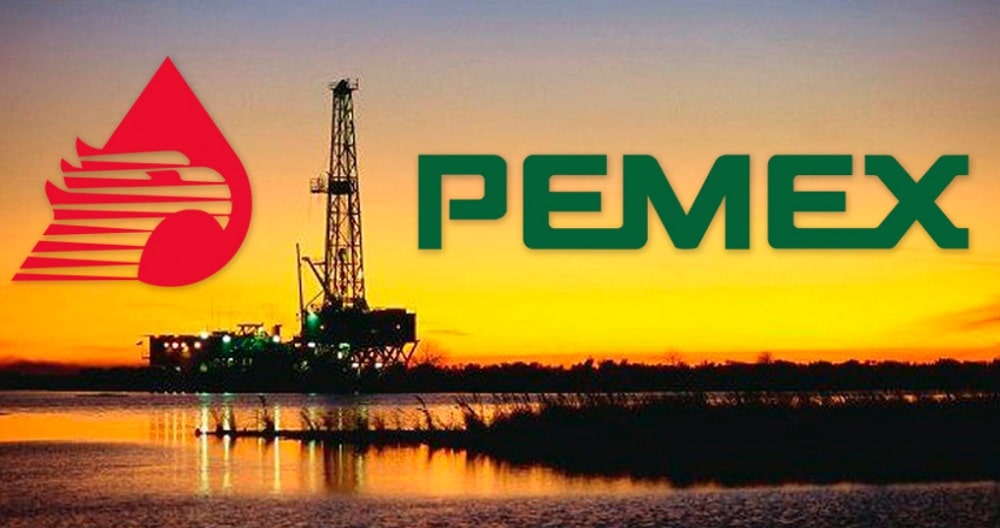The President of Mexico, Andrés Manuel López Obrador, accompanied by the General Director of Petroleos Mexicanos (Pemex), Octavio Romero Oropeza, toured the Quesqui oil field, which according to seismic data confirms the existence of a giant oil reservoir of at least 500 million barrels, the equivalent of reserve 3P.
In his speech, the Pemex head stated that not since 1987, with the discovery of the Sen field in Nacajuca, Tabasco, holding 536 million barrels of crude oil, had there been such an important discovery as the Quesqui field.
The Pemex head informed the President of Mexico that in his first year of his administration, three additional new fields are being developed in Tabasco: Cibix, in Jalpa de Méndez; Valeriana, in the municipality of Centro and Chocol, in the municipality of Comalcalco.
Romero Oropeza indicated that in the new approach of the Pemex Business Plan the focus of exploration shall be on the development of commercial reserves in shallow water and lowland reserves. The plan calls for 21 exploratory wells to be drilled in Tabasco, and by 2021 an additional 24, with which Pemex expects to grow its reserves significantly.
He added that the new accelerated field development strategy is expected to boost oil industry activity, including both drilling and infrastructure construction for production management.
He stated that drilling of the Quesqui 1 was concluded on June 17 of this year, and measured production from the well came to 4,500 barrels per day with a potential of increasing to 7,500 barrels per day. Initially, Pemex geologists estimated the field might contain 40 million barrels of crude. “With the data provided by this well and seismic data from the area, we can confirm the existence of a giant reservoir of 500 million barrels of crude in reserve 3P,” he said.
He expects by next year the field spanning 34 km2 can, through 11 wells,? achieve output 69 thousand barrels per day of crude and 300 million cubic feet of natural gas; and by 2021 output should top 110 thousand barrels per day and 410 million cubic feet of crude and natural gas, respectively. “As such, we will achieve a significant increase in output. and above all, very rapid increase in output of hydrocarbons in the Southern Region,” he said.
Finally, the Pemex Director recalled that in the best times of the land Southern Region, produced about one million barrels per day. “With the new discoveries and the accelerated development of the new fields, we estimate production in the region to reach 215 to 500 thousand barrels per day by the end of this administration,” he said.



















































